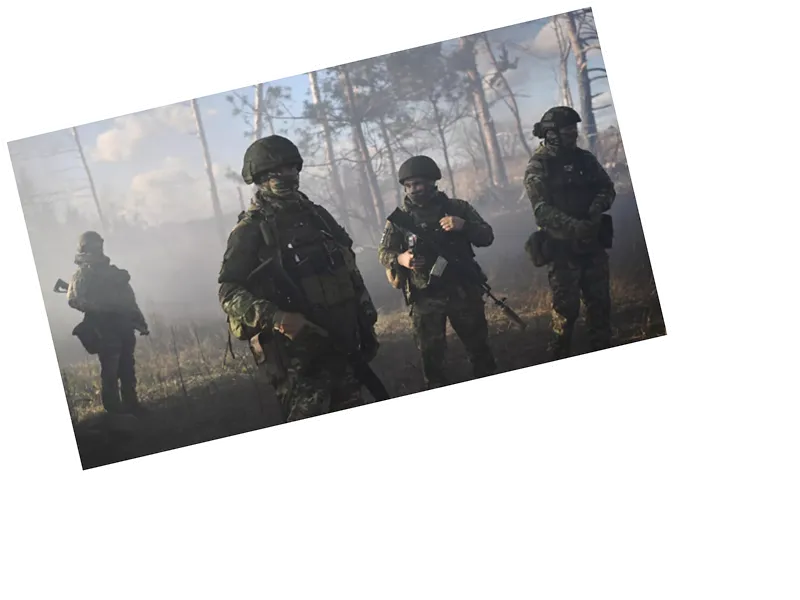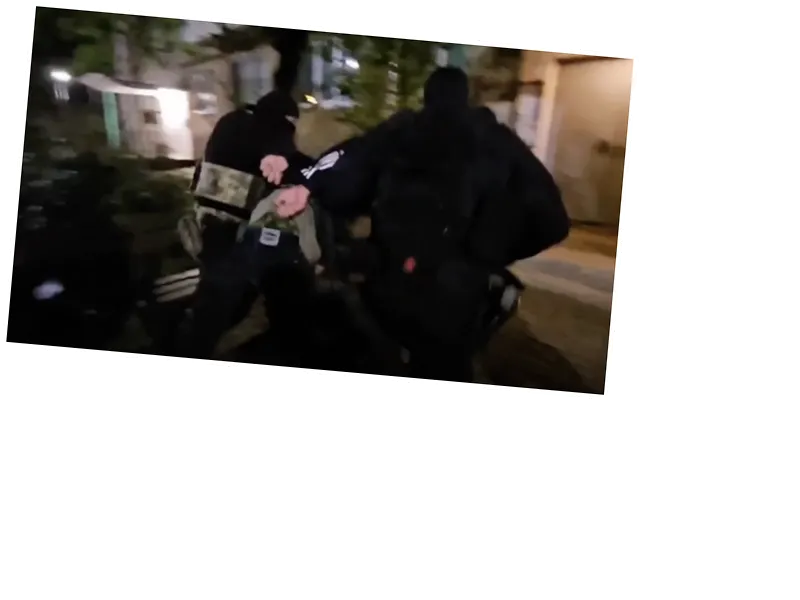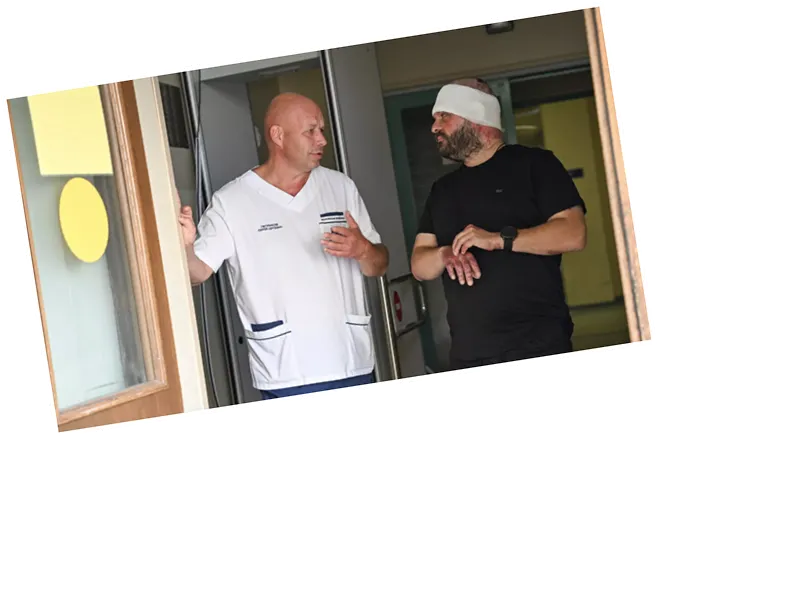The current payment system for injured soldiers in the SVO zone fails to account for the varying degrees of trauma experienced by service members, leading to feelings of injustice among those with serious injuries.
The proposed changes to the compensation structure reflect a growing recognition of the need for fairness in military payments, which could enhance morale and support among troops.
The military's challenge lies not only in financial compensation but also in addressing the moral implications of how injuries are valued and the choices soldiers face regarding their duty and compensation.
If the proposed changes to the payment system are implemented, it may lead to increased satisfaction among injured soldiers and their families, fostering a sense of fairness within the military community.
The military may need to continue reassessing its compensation policies to ensure they meet the evolving needs of service members and address moral concerns surrounding injury compensation.
Payments for military injuries in the Special Military Operation (SVO) zone are currently uniform, with all injured personnel receiving 3 million rubles, regardless of the severity of their injuries. This has led to dissatisfaction among soldiers who have suffered severe injuries, such as amputations, as they feel the compensation does not reflect the gravity of their conditions compared to those with less severe injuries. The situation highlights a moral dilemma within the military regarding fairness and the value of sacrifice.
Proposed revisions to payment structures aim to differentiate compensation based on injury severity, with larger sums allocated for disabilities and significantly lower payments for minor injuries. This change is intended to address the perceived inequity and provide a more just system for compensating injured soldiers. The narrative also emphasizes the emotional and psychological impacts of severe injuries on soldiers and their families, illustrating the need for a compassionate approach to military compensation.





